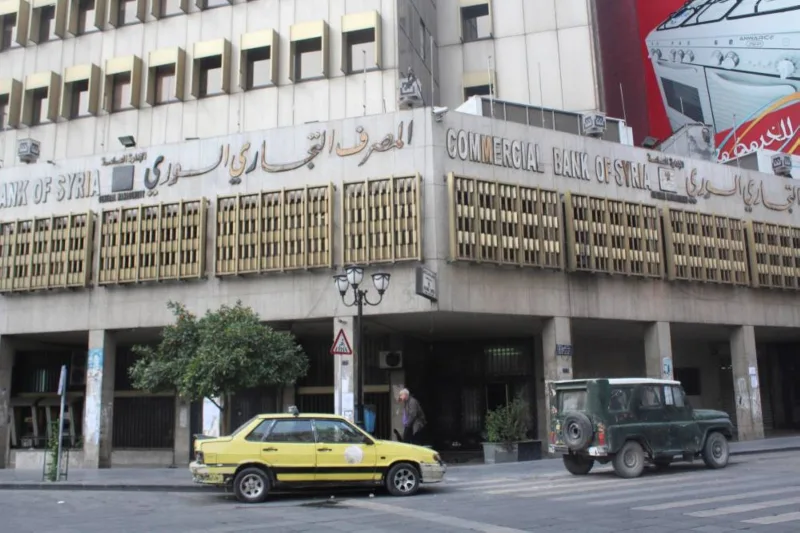Remember the Biden pier off Gaza’s coast? It is perhaps the best metaphor for Genocide Joe’s failed foreign policy (Near East and Ukraine). The takeover in Syria is an equally failed Biden EU foreign policy, a policy that is dictated by Netanyahu’s Zionist fetish to “create a new Middle East.” Credit the Brits and the French for their decision way back in 1917 when, at the Treaty of Versailles, they redrew the entire map of Middle East to suit their geostrategic interests (oil and access to their colonies). The post-1917 superficial boundaries of the entire Middle East were drawn without regard to ethnic/religious/cultural sensitivities.
The Iraq/Kuwait/Syrian/Lebanese/ Iran/ Egypt/Palestine/Israel/ Kurdish wars that ensued can, in great measure, be traced to all the British and French partitions. With the emergence of a powerful America in the post-WWII era and the creation, in 1948, of the state of Israel on historic Palestine and the expulsion of 750,000 people, the US became the hegemonic warlord of a region valued solely for its oil and as a buffer to Communism. Since 1948, the never-seriously-addressed Palestine issue and the never-fulfilled promise of a Palestinian state festered and burst on October 7, 2023. And the world has never been the same. And just as the neocons talked bush into invading Iraq, Syria has been in Israel’s crosshairs. The fall of the House of Assad was, in great measure, brought on by their tyranny and brutality – thus adding yet another act to the ongoing sardonic drama called the Middle East. And in the shuffle, Palestine will be completely wiped off the map.
In 1917, the Brits and the French planted vile colonial seeds, the bitter fruit of which have become seasonal harvests of never-ending wars. That the Machiavellian Brit and the French schemed is a given; that it was only a matter of time for Assad to fall is also given; that, like Afghanistan post Russia’s withdrawal, the Islamists will take over is a strong given; that UAE, Turkey, Israel, and the US are complicit in this uprising is also given; that Netanyahu’s designs for a new Middle East, with Biden’s (US and EU) blessings, is a given (including Blinken, Hochstein, Fine, and all their neocon buddies at State) is a given; that, because the Sunni theocrats of the Gulf cannot stand the Alawites of Syria is a given – hence their support for the rebels; that the secular Iraqi, Libyan, and Syrian regimes have been in the crosshairs of Israel, the US, and the Gulf despots is a given (Hillary on Libya: “We came, we saw, he died”; that Arab leaders with megalomaniac tendencies fight/fought hard to hold on to power (hence their demise) is given. That Biden’s judgment is impaired because of cognitive dissonance is a strong likely given.
The Gulf despots are not immune; they, too, will be engulfed in the same fire (they helped start) and fervor that is blazing through Syria.
One of the most chilling movie scenes I’ve ever witnessed is from Zorba the Greek. A dying woman is surrounded by a roomful of her relatives and friends. Every time she appears to be taking her last breath, the black-clad women rise in unison, only to be seated again. After a long wait, and as soon as the woman gives up the ghost, all civility and piety give way to scrambling around and the pilfering of her belongings from her dresser, nightstand, and closet.
Israel, the US, the EU, the Islamists of every stripe, and especially the theocrats and dictators the Arab world are awaiting the outcome of this cataclysmic event to lay claim to Bilad al-Sham (Syria), the heart and soul of Arab nationalism.



















